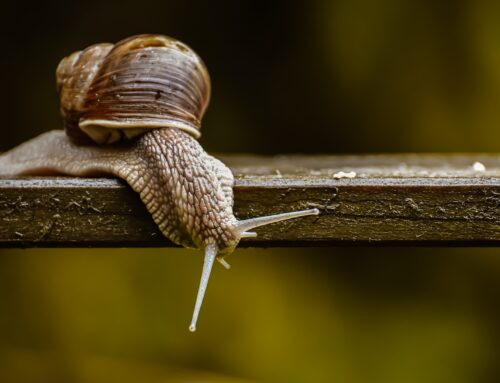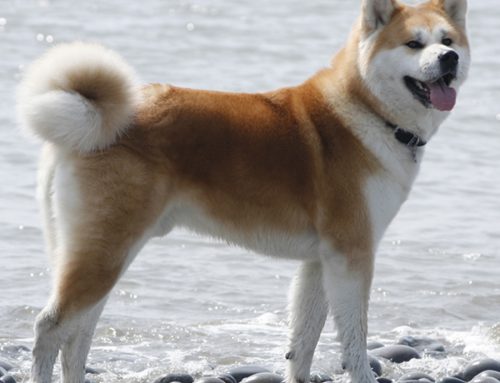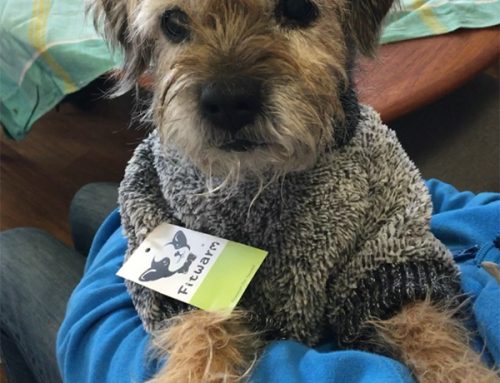There are some simple things to do at bath time to make it easier for dogs and owners this Summer. Do NOT over bath your dog. Too frequent washing will dry the skin and breakdown the skin’s natural defense barriers to bad bacteria and allergens. Fortnightly or monthly wash is adequate unless Fido has rolled in something particularly bad.
Listed below are some important things to remember:
- Surface is important. Place a rubber non slip bathmat in the bottom of any slippery tub, container or bath. This is especially important for geriatric dogs whose muscle tone is less and joints cannot withstand a gripping stance.
- Water temperature. Lukewarm to warm water depending on the ambient temperature. Dogs will pant and get hot and distressed in very warm water so keep a bucket of cooler water to add to the bath if needed.
- Separate rinse water essential so that shampoo can be removed from the feet thoroughly. Leaving shampoo residue between the toes may lead to self trauma by the dog.
- For floppy eared dogs or dogs with chronic ear problems, use cotton make up remover pad to gently plug the ear canals to prevent water dripping into the ears. Wet ear canals create the perfect environment for bacteria and yeast to grow.
Puku in the baby bath being returned to gleaming white
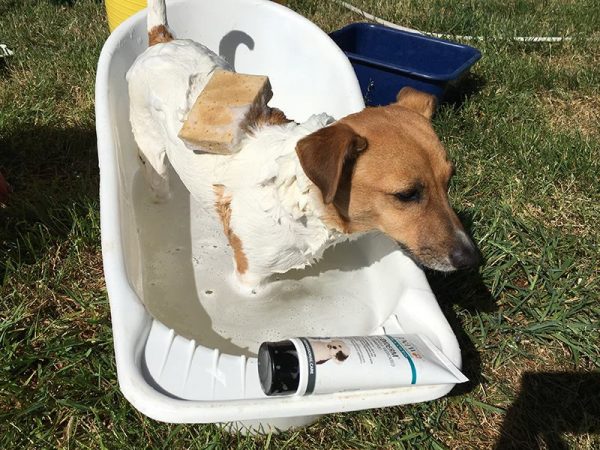
Leon soaking up the attention in his warm towel
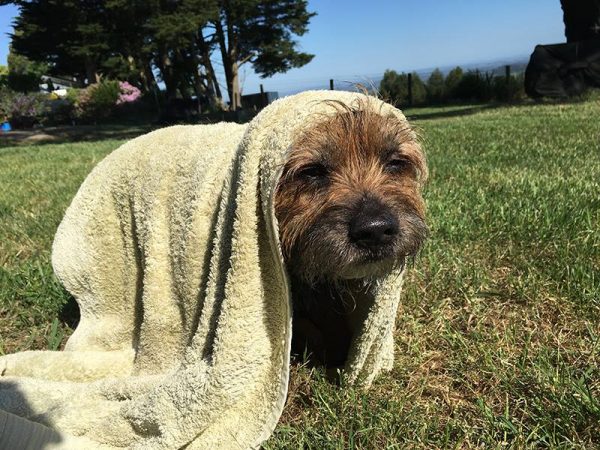
Make sure you do the manicure on soft water soaked nails
- Bathe in a sensible order, leaving backside and feet until last. If using a medicated prescription shampoo for a skin problem, then contact time is critical. Follow the skin contact time , it is usually 5-10 minutes. For small dogs who may get cold, wrap in a towel and cuddle. For large dogs , play with them in the yard. Set a timer.
- Check whether the coat conditioner is a rinse lightly/leave in conditioner. Rinse with warm water. Have a separate tub or tray to rinse feet in.
- Use a damp facecloth to clean around the face/beard and eyes. Never wet inside the ears.
- Dogs will reflexly shake and whole body roll if their ears get wet.
- Dry as thoroughly as possible with towels or chamois and if a cold day, use a hairdryer on low heat setting no closer than 30 cm , provided the dog is used to the noise.
- Use a wide tooth comb to gently detangle a long coat. Do not try to do this on a wet coat, slightly damp is best.
- Important to look after your human back, avoid lifting, use ramps , sit on stool etc and make it a fun time for your dog. Use treats both before and after the bath to reward good behaviour.
Josie having a rinse off in warm water, if you have a small dog under 10 kg then these plastic laundry baskets are ideal for the rinse tub.

- Brush all loose hair and knots from the coat before wetting.
- Thoroughly rinse with warm water first from the back of the ears down to ensure the coat is wet to the skin. This is important in breeds with double coats or thick undercoats.
- Dilute the dog shampoo ( do not use human shampoo or soaps, they are the wrong pH for canine skin) in a small jug of warm water . Use a clean sponge for lathering the shampoo after pouring small amounts from the jug onto different areas.

All clean and relaxing!


